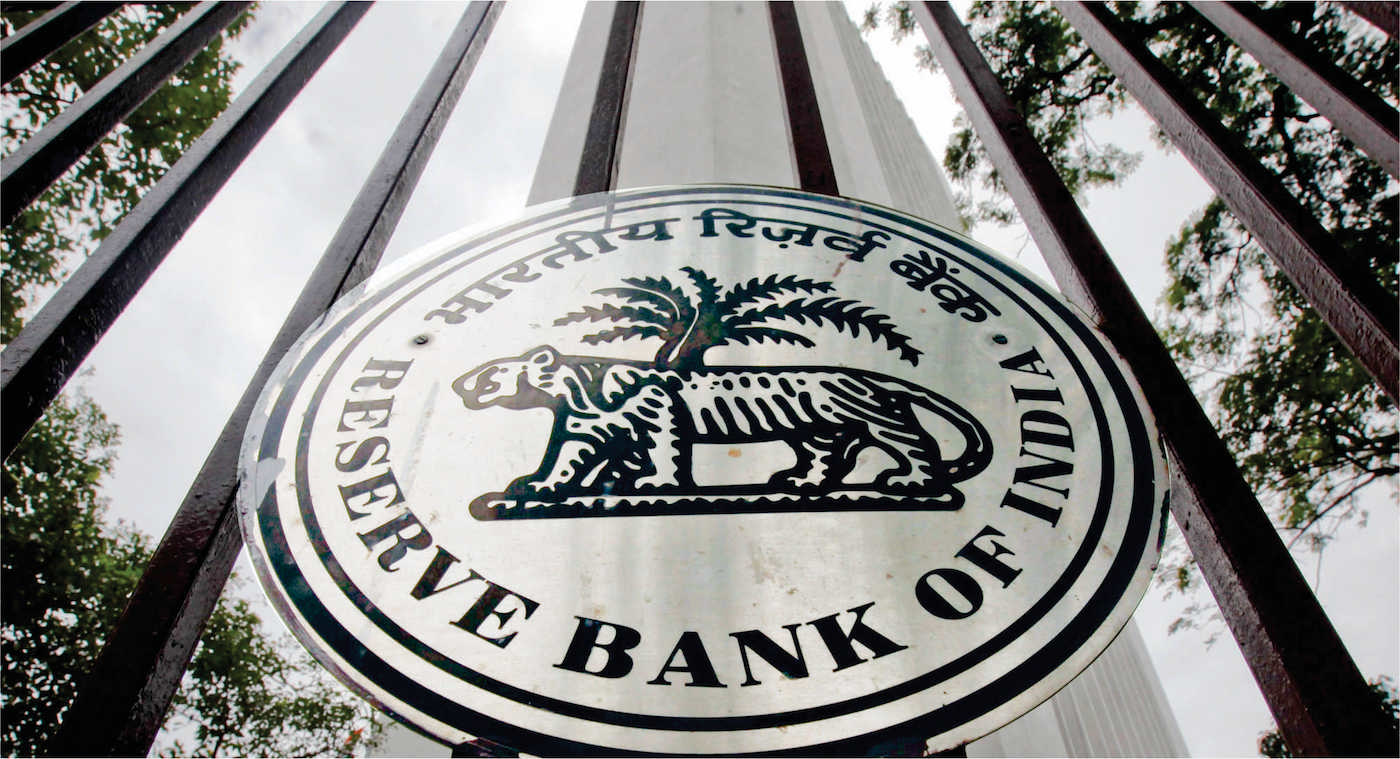In exercise of the powers conferred by Section 35A of the Banking Regulation Act, 1949 and pursuant to the Section 44A of the Banking Regulation Act, 1949, Reserve Bank of India (RBI) has issued the Master Directions to be called the “Reserve Bank of India (Amalgamation of Private Sector Banks) Directions, 2016” on issue and pricing of shares by private sector banks by clubbing all relevant instructions issued by RBI so far on the subject and will be applicable to all private sector banks licensed to operate in India by the RBI.
APPLICABILITY
- The provisions of these directions will apply to all private sector banks licensed to operate in India by RBI and to the Non-Banking Financial Companies (NBFC) registered with RBI.
- The principles underlying these Directions would be applicable, as appropriate, to public sector banks.
SCOPE
The directions cover the below-mentioned situations/ areas-
- An amalgamation of two banking companies.
- An amalgamation of an NBFC with a banking company
PROCEDURE APPLICABLE, APPROVALS REQUIRED UNDER THIS REGULATIONS AS COMPARED TO AMALGAMATION UNDER THE COMPANIES ACT 1956 IS GIVEN BELOW:-
| Particulars | Amalgamation of Two or more companies under Companies act,1956 | Amalgamation Between Two Banking Companies | Amalgamation of between NBFC and a banking company |
| Board’s Approval | Approval is to be accorded from Board of Directors of the respective companies to approve the scheme of Amalgamation. | Approval of a two-third majority of the total Board member of the respective companies is required. Further, the Board should give particular consideration to the matters specified in Note -1 | Approval of a two-third majority of the total Board members is required. Further, the Board should give particular consideration to the matters specified in Note -1 |
| Shareholders/ Creditors Approval. | Scheme of Amalgamation is to be approved by a majority i.e. Three-fourths in a value of shareholders/creditors present and voting as per the guidelines to be an issue by the court. | Scheme of amalgamation shall be approved majority in number i.e. two-thirds in value of the shareholders, present in person or by proxy at a meeting, of each banking company.
|
The banking company / NBFC shall obtain the approval of the Reserve Bank of India after the scheme of amalgamation is approved by its Board and the Board of NBFC, but before it is submitted to the Tribunal/Court for approval. |
| Procedure For Application For Amalgamation | An application shall be made to the court for directions to convene a general meeting by way of Judge’s summons supported by an affidavit. The proposed scheme of amalgamation must be attached to such affidavit and such other information as prescribed under provisions of Companies Act,1956 | An application shall be made to Reserve Bank of Indi, also the amalgamating and the amalgamated banking companies shall submit to the Reserve Bank the information as specified in Note -2 | An – application shall be made to Reserve Bank of India, also the banking company shall furnish to Reserve Bank of India information as specified in Note – 2 (except item d) |
| Dissenting Shareholders | A dissenting shareholder has to appeal to the court in accordance with the Provisions of the Companies act, 1956 | A dissenting shareholder is entitled to claim within 3 months from the date of sanction, the value of shares held by him in the company and its determination by the Reserve bank of India. | A dissenting shareholder has to appeal to the court. |
NOTE:
- While according to this approval, the Boards of the banks shall give particular consideration to the following matters:-
- The values at which the assets, liabilities and the reserves of the amalgamated company are proposed to be incorporated into the books of the amalgamating company and whether such incorporation will result in a revaluation of assets upwards or credit being taken for unrealized gains.
- Whether due diligence exercise has been undertaken in respect of the amalgamated company
- The nature of the consideration, which, the amalgamating company will pay to the shareholders of the amalgamated company.
- Whether the swap ratio has been determined by independent valuers having required competence and experience and whether in the opinion of the Board such swap ratio is fair and proper.
- The shareholding pattern in the two banking companies and whether as a result of the amalgamation and the swap ratio, the shareholding of any individual, entity or group in the amalgamating company will be violative of the Reserve Bank guidelines or require its specific approval.
- The impact of the amalgamation on the profitability and the capital adequacy ratio of the amalgamating company.
- The changes which are proposed to be made in the composition of the board of directors of the amalgamating banking company, consequent upon the amalgamation and whether the resultant composition of the Board will be in conformity with the Reserve Bank guidelines in that behalf.
- Once the scheme of amalgamation is approved by the requisite majority of shareholders in accordance with the provisions, it shall be submitted to the Reserve Bank for sanction.
- To enable the Reserve Bank to consider the application for sanction, the amalgamating and the amalgamated banking companies shall submit to the Reserve Bank the information and documents specified below-
- Draft scheme of amalgamation as placed before the shareholders of the respective companies for approval.
- Copies of the notices of every meeting of the shareholders called for such approval together with newspaper cuttings evidencing that notices of the meetings were published in newspapers at least once a week for three consecutive weeks in two newspapers circulating in the locality or localities in which the registered offices of the companies are situated and that one of the newspapers was in a language commonly understood in the locality or localities.
- Certificates signed by each of the officers presiding at the meeting of shareholders certifying the following:
- A copy of the resolution passed at the meeting;
- The number of shareholders present at the meeting in person or by proxy;
- The number of shareholders who voted in favor of the resolution and the aggregate number of shares held by them;
- The number of shareholders who voted against the resolution and the aggregate number of shares held by them;
- The number of shareholders whose votes were declared as invalid and the aggregate number of shares held by them;
- The names and ledger folios of the shareholders who voted against the resolution and the number of shares held by each such shareholder;
- The names and designations of the scrutineers appointed for counting the votes at the meeting together with certificates from such scrutineers confirming the information given in items (iii) to (vi) above;
- The name of shareholders who have given notice in writing to the Presiding Officer that they dissented from the scheme of amalgamation together with the number of shares held by each of them.
- Certificates from the concerned officers of the companies giving names of shareholders who have given notice in writing at or prior to the meeting to the banking company that they dissented from the scheme of amalgamation together with the number of shares held by each of them.
- The names, addresses and occupations of the Directors of the amalgamating company as proposed to be reconstituted after the amalgamation and indicating how the composition will be in compliance with Reserve Bank regulations.
- The details of the proposed Chief Executive Officer of the amalgamating company post amalgamation.
- Copies of the reports of the valuers appointed for the determination of the swap ratios.
- All relevant information for consideration of the scheme of amalgamation including the following particulars:
- Annual reports of each of the banking companies for each of the three completed financial years immediately preceding the Appointed Date for amalgamation;
- Financial results, if any, published by each of the banking companies for any period subsequent to the financial statements prepared for the financial year immediately preceding the Appointed Date;
- Pro-forma combined balance sheet of the amalgamating company as it will appear as of the Appointed Date consequent on the amalgamation;
- Computation based on such Pro-forma balance sheet of the following:
Tier I Capital
Tier II Capital
Risk – Weighted Assets
Gross and Net NPAs
Ratio of Tier I Capital to Risk-Weighted Assets
Ratio of Tier II Capital to Risk Weighted Assets
Ratio of Total Capital to Risk Weighted Assets
Tier I Capital to Total Assets
Ratio of Gross and Net NPAs to Advances
- Information certified by the valuers as is considered relevant to understand the proposed swap ratio including the following particulars:
- the methods of valuation used by the valuers;
- the information and documents on which the valuers have relied and the extent of the verification, if any, made by the valuers to test the accuracy of such information;
- if the valuers have relied upon projected information, the names and designations of the persons who have provided such information and the extent of verification, if any, made by the valuers in relation to such information;
- details of the projected information on which the valuers have relied;
- detailed computations of the swap ratios containing explanations for adjustments made to the published financial information for the purposes of the valuation;
- if these adjustments are made based on valuations made by third parties, details regarding the persons who have made such valuations;
- capitalization factor and weighted average cost of capital (WACC) used for the purposes of the valuation and justification for the same;
- if market values of shares have been considered in the computation of the swap ratio, the market values considered and the source from which such values have been derived;
- if there are more than one valuer, whether each of the valuers has recommended a different swap ratio and if so, the above details should be given separately in respect of each valuer and it may be indicated how the final swap ratio is arrived at.
- Such other information and explanations as the Reserve Bank may require
CONCLUSION:
Master Directions is a compilation which consolidates instructions on rules and regulations framed by the RBI under various Acts, including banking issues and foreign exchange transactions, the central bank provided direction for issue and pricing of shares by private sector banks. With the issue of these Directions, the instructions / guidelines contained in the earlier circular issued by the Reserve Bank stand repealed.




